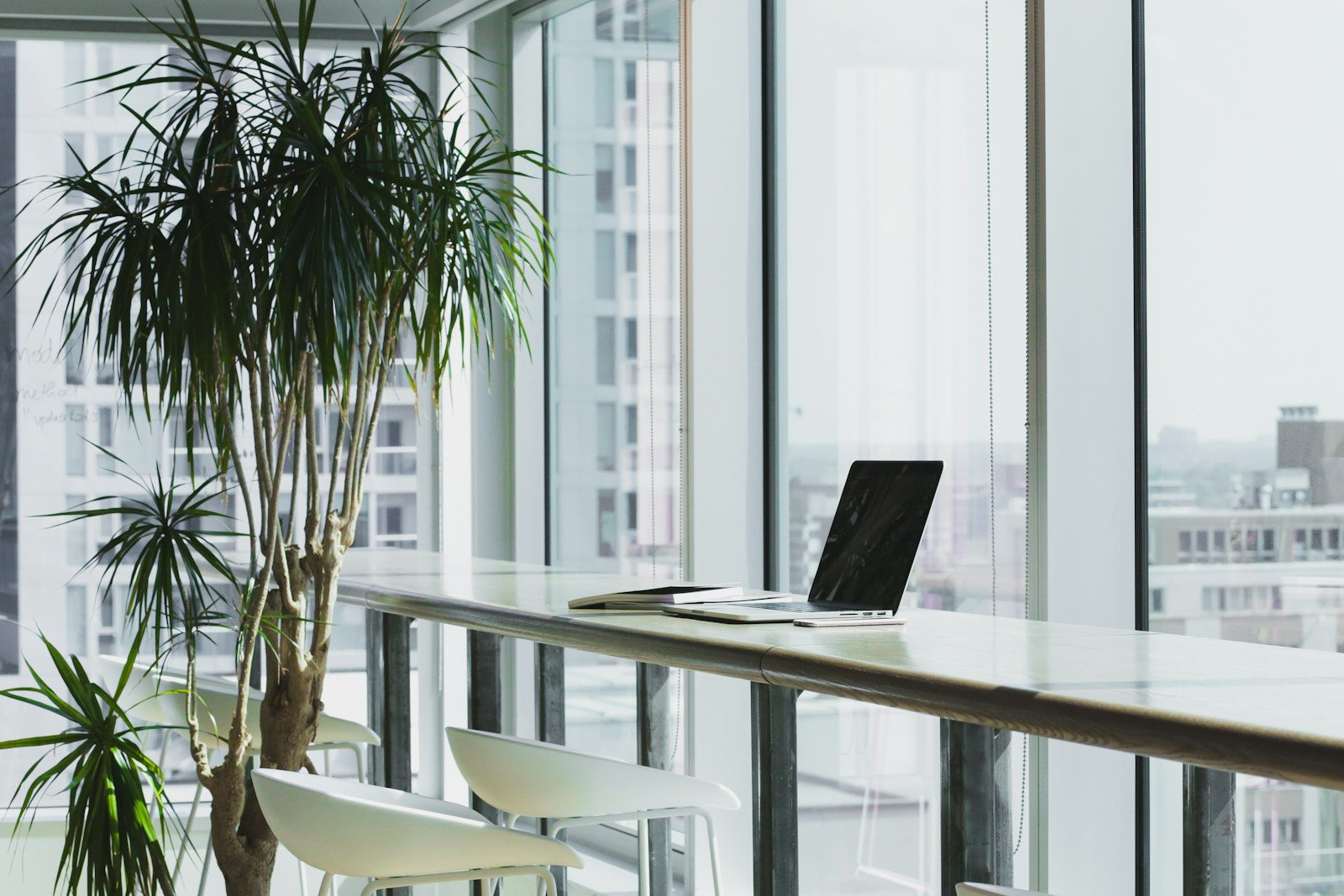Physical Address
304 North Cardinal St.
Dorchester Center, MA 02124
Physical Address
304 North Cardinal St.
Dorchester Center, MA 02124


Have you ever thought about how much waste your office generates daily? From single-use coffee cups to endless piles of paper, offices can contribute significantly to global waste. But creating a zero-waste workspace is easier than you might think. With the right tools and mindset, you can reduce your office’s environmental impact and inspire others to do the same. Let’s dive into how you can build a sustainable, eco-friendly office environment.
The average office worker generates about 2 pounds of waste every day. Multiply that by millions of offices worldwide, and the environmental impact becomes massive. From paper waste to disposable lunch packaging, most of this waste ends up in landfills. Adopting a zero-waste approach in your workspace is more than just reducing trash—it’s about fostering a culture of sustainability and showing that eco-conscious decisions are possible anywhere, even in a professional setting.
Going zero-waste in your office helps cut costs, improves efficiency, and inspires your colleagues. Moreover, small efforts like switching to reusable supplies or reducing energy use can have a big impact when applied consistently.
Most office waste comes from disposable items and inefficient resource use. Common culprits include:
The environmental footprint of these items extends far beyond the office. For example, producing paper requires cutting down trees and consuming water and energy, while plastic waste contributes to ocean pollution. By identifying these areas, you can target changes that significantly reduce waste.
Creating a zero-waste office requires practical solutions that replace disposable items and encourage long-term sustainability. Here’s a list of essential products and practices to help you get started.
Switching to reusable items is one of the easiest ways to cut down on office waste. Some options include:
Pro Tip: Provide a dishwashing station or access to cleaning supplies to make reusable items more convenient.
Reducing paper waste can be transformative in any office. Some digital solutions include:
In addition, encourage a “think before you print” policy to minimize unnecessary printouts.
Not all supplies need to be disposable or resource-intensive. Consider switching to:
Choose the Retulp Treecup, a sustainable, eco-friendly reusable coffee cup made from biobased materials. Perfect for reducing waste in the office while enjoying your favorite drinks guilt-free. Buy now on Amazon
Electronics are an essential part of any modern office, but they’re also a significant source of energy consumption. To improve efficiency:
For more energy-saving tips, check out our tips for energy-saving at home.
Transitioning to a zero-waste office doesn’t happen overnight, but these steps can make it easier and more achievable:
Begin with simple changes like encouraging employees to bring reusable water bottles or providing recycling bins in easily accessible areas. Building a zero-waste culture is about consistency, so start with one change and expand over time.
Host workshops or create informational materials to educate employees about the benefits of a zero-waste approach. Sharing the “why” behind these changes can inspire others to get involved.
Consider offering rewards for employees who bring sustainable habits into the office, such as discounts on reusable products or recognition for reducing waste.
Work with suppliers who offer sustainable products and packaging. For example, choose vendors who deliver supplies in recyclable or compostable packaging.
If your office produces a lot of organic waste, consider setting up a small composting system. Even offices without outdoor space can use compost bins for food scraps.
When a small marketing firm in New York City decided to go zero-waste, they started with small changes like replacing disposable coffee cups with reusable ones. They later implemented a company-wide “paperless office” initiative, digitizing files and introducing a document-sharing platform. Within six months, the company had reduced waste by 70% and saved $1,200 in supply costs. “What started as a simple idea turned into a movement within the company,” shared their operations manager.
What steps can you take today to make your office more sustainable? By integrating zero-waste essentials and eco-friendly practices into your workplace, you’ll not only reduce your environmental impact but also foster a healthier, more mindful workspace. Whether you’re starting with reusable coffee cups or upgrading to energy-efficient electronics, every action counts.
At EcoTipsEveryday.com, we’re here to support you with practical advice and inspiring ideas to create a better future. Let’s work together to make sustainable offices the norm—one step at a time.